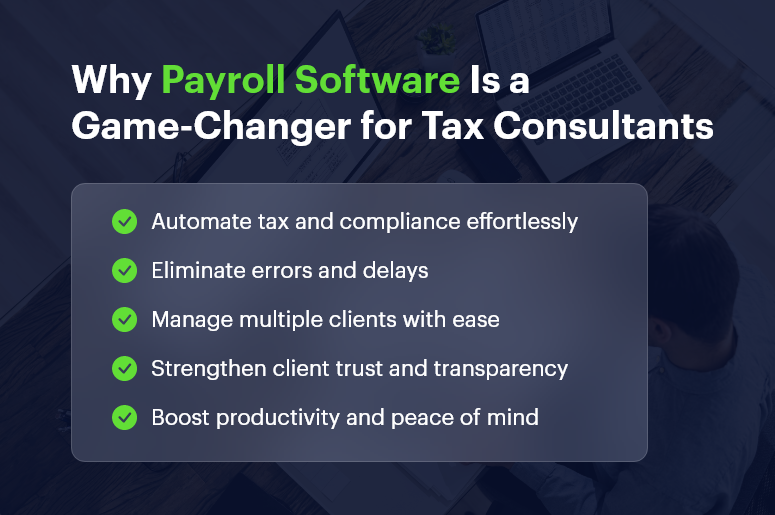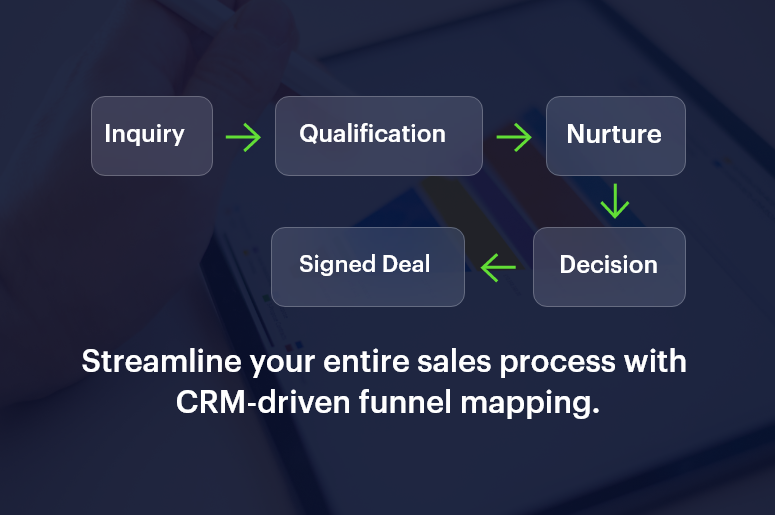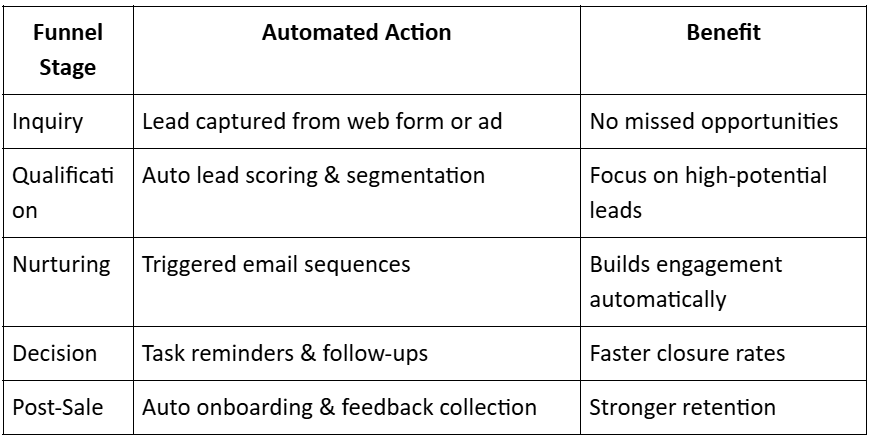A recent study shows that 75% of SMBs still use disconnected tools across sales, HR, and finance — leading to over 1,000 hours of wasted time every year. These fragmented systems cause delays, data silos, and high operational risks that growing businesses can no longer ignore.
With rising customer expectations and increasing complexity, the Top CRM Features SMBs Should Prioritize in 2025 are essential for automation, real-time insights, and scalable workflows. When powered by CrmLeaf’s unified CRM + ERP platform, these features help SMBs modernize operations and accelerate growth.

Why the Top CRM Features SMBs Should Prioritize in 2025 Are Crucial Today
Modern SMBs face challenges such as supply chain disruptions, competition, and talent shortages. Relying on spreadsheets or standalone tools slows decision-making and limits growth.
Inefficiencies and Hidden Costs
Manual data entry across departments leads to:
- Higher error rates
- Delayed workflows
- Up to 15% in lost annual revenue
The Need for Automation & Connected Systems
Automation eliminates repetitive tasks, while unified platforms create a single source of truth, ensuring accurate and fast decision-making.
Real-World Examples
- Manufacturing: A parts manufacturer fixed production overruns after CrmLeaf unified sales, inventory, and production dashboards.
- Retail & Distribution: A retailer reduced stockouts using CrmLeaf’s real-time reorder alerts.
- Professional Services: An HR consulting firm cut billing cycles by 30% with automated timesheets and invoicing.
Best Practices, Frameworks & Actionable Tips
Implementing the Top CRM Features SMBs Should Prioritize in 2025 requires a structured, step-by-step approach.
Define Clear Objectives
Business Alignment
Map CrmLeaf modules (CRM, HRMS, Payroll, Inventory, Finance, Projects, Manufacturing) to your strategic goals.
KPI Mapping
Track KPIs like:
- Lead-to-conversion rate
- On-time delivery
- Invoice accuracy
Prioritize Essential CRM Features
- AI-Powered Lead Scoring
Ranks leads using firmographics, engagement, and buying intent to improve conversion.
- Omnichannel Communication
Captures emails, calls, chats, and social interactions under one unified customer profile.
- Integrated Inventory & Order Management
Provides real-time stock visibility to prevent backorders and delays.
- Automated Workflow Engine
Creates approval chains for purchasing, hiring, invoicing, and project updates — reducing manual follow-ups.
Do’s and Don’ts
Do:
✔ Engage stakeholders early
✔ Use CrmLeaf’s pre-built integrations for email, accounting, and e-commerce
Don’t:
✘ Over-customize workflows too soon
✘ Neglect onboarding or user training
Quick Wins & Common Mistakes
Quick Wins
- Clean and standardize customer data (20% reporting accuracy gain)
- Automate invoice reminders (40% fewer overdue payments)
Common Mistakes
- Ignoring mobile access for field teams
- Skipping sandbox testing before deployment
Expert Recommendations
- Roll out CRM features in phases — start with CRM + Inventory
- Use CrmLeaf Analytics to monitor workflow completion, login frequency, and data accuracy
Mini Checklist for Launch
- Department-level must-have features
- A clean data migration plan
- Role-based training sessions
- Feedback and optimization rounds
Customer Success Story: GreenTech Widgets
GreenTech Widgets implemented CrmLeaf’s AI-Powered Lead Scoring, solving inconsistent sales forecasting. Within just three months, they achieved:
- 25% increase in qualified leads
- 40% reduction in forecast variance
- 18% higher revenue per sales rep
- 22% decrease in stock overruns
- Faster monthly financial closes through automated revenue recognition
This adoption of the Top CRM Features SMBs Should Prioritize in 2025 eliminated departmental silos and improved end-to-end visibility.
Key Takeaways
The Top CRM Features SMBs Should Prioritize in 2025—including AI analytics, omnichannel engagement, automated workflows, and integrated inventory — are crucial for:
- Improving efficiency
- Enhancing customer experiences
- Supporting business scalability
- Enabling real-time visibility and reporting
With CrmLeaf’s unified CRM + ERP platform, SMBs gain automation, collaboration, and data-driven decision-making across every department.
FAQs
1. What are the Top CRM Features SMBs Should Prioritize in 2025?
Key features include AI-powered lead scoring, omnichannel engagement, automated approval workflows, and integrated inventory management.
2. How does a unified CRM + ERP benefit SMBs?
It removes data silos, increases real-time visibility, and connects sales, HR, finance, manufacturing, and operations.
3. Can SMBs implement CrmLeaf without disruption?
Yes. CrmLeaf enables iterative rollout, reducing friction and maximizing early wins.
4. What ROI can SMBs expect?
Expect 10–30% sales productivity gains, 20% lower operating costs, and faster monthly closes.
5. What pitfalls should SMBs avoid?
Avoid skipping training, skipping sandbox testing, and over-customizing early.
6. Does CrmLeaf support mobile teams?
Yes. CrmLeaf offers a responsive mobile experience for field sales, warehouse teams, and managers.
7. Is CrmLeaf customizable for industry needs?
Absolutely. CrmLeaf includes industry templates and a flexible customization toolkit.













